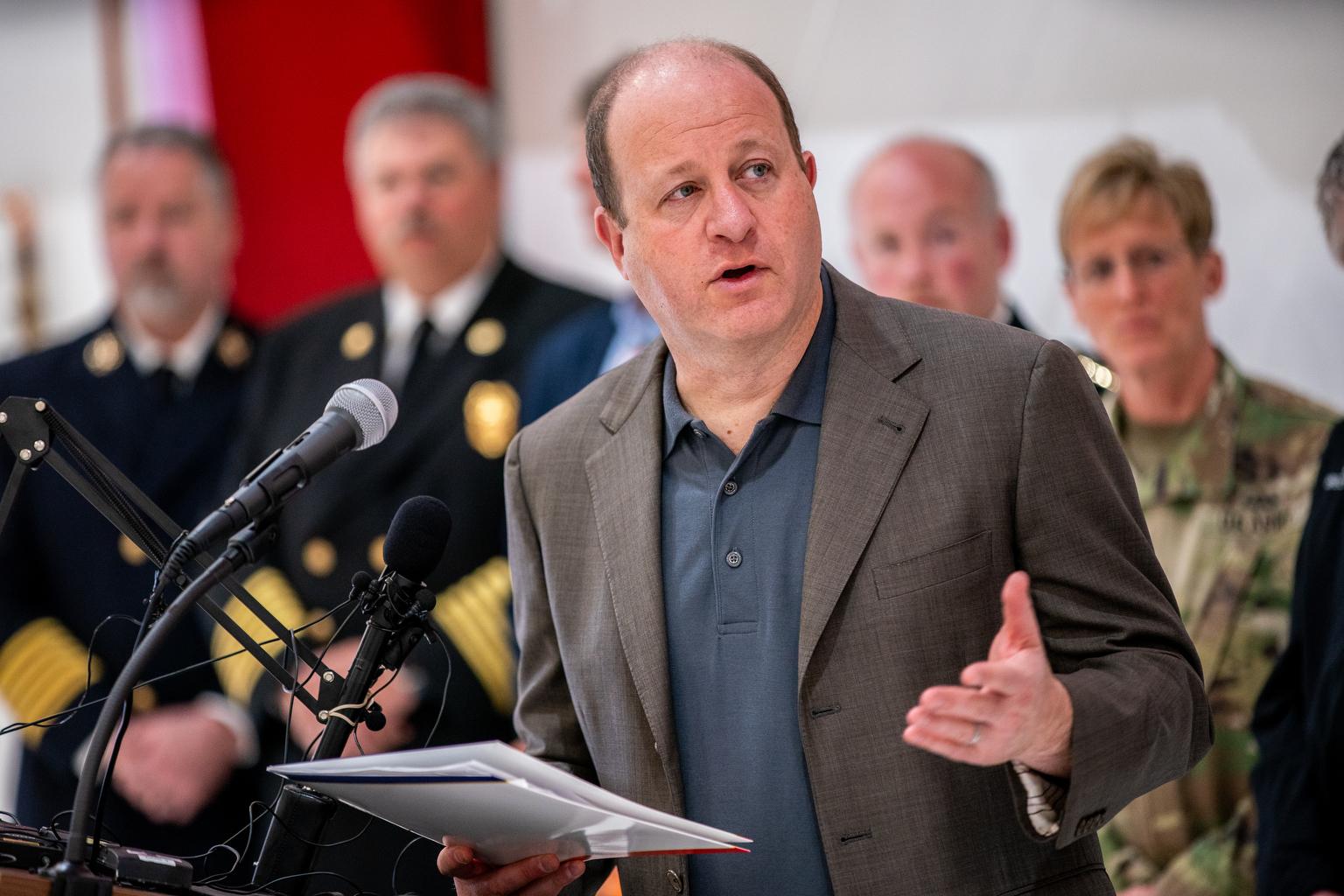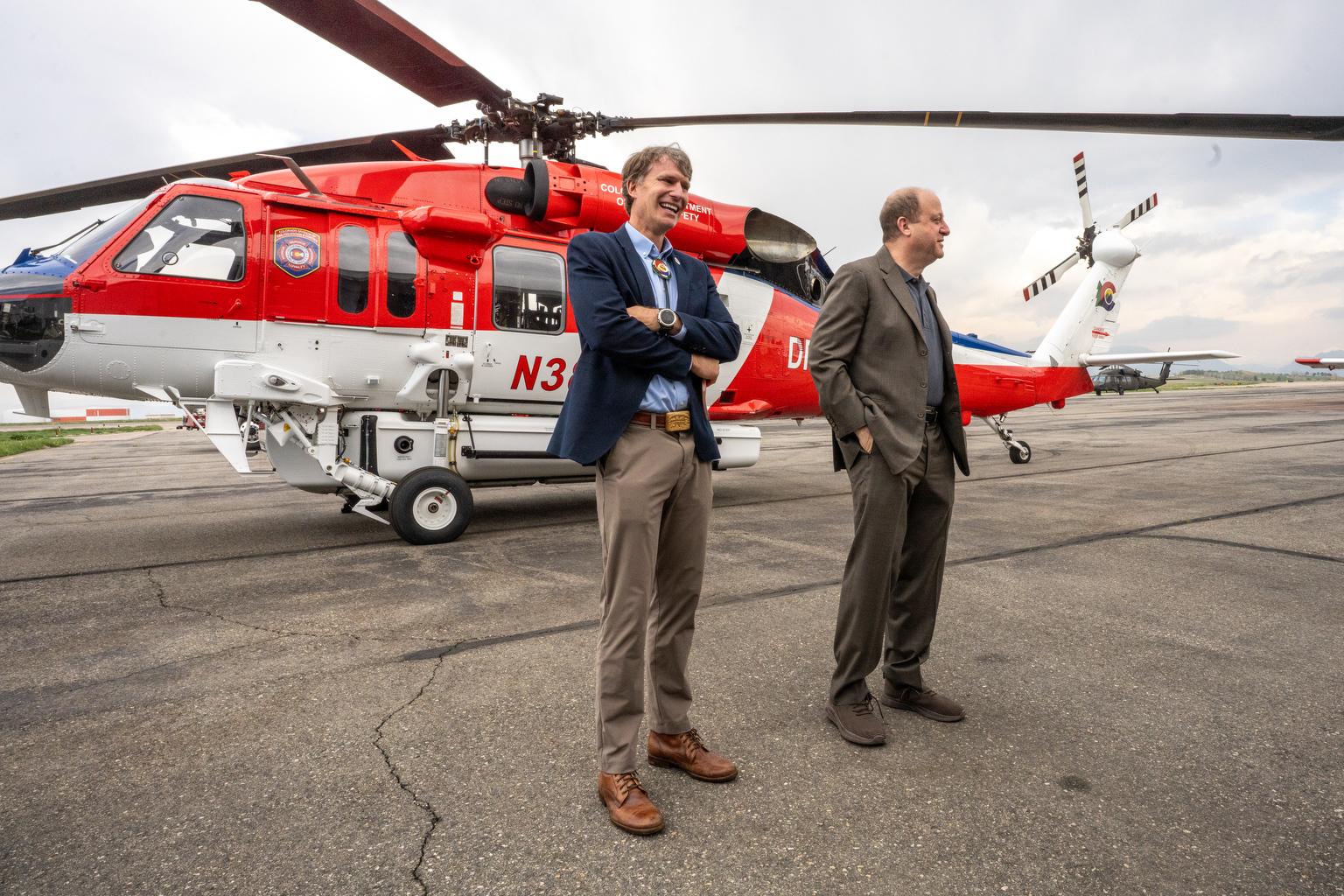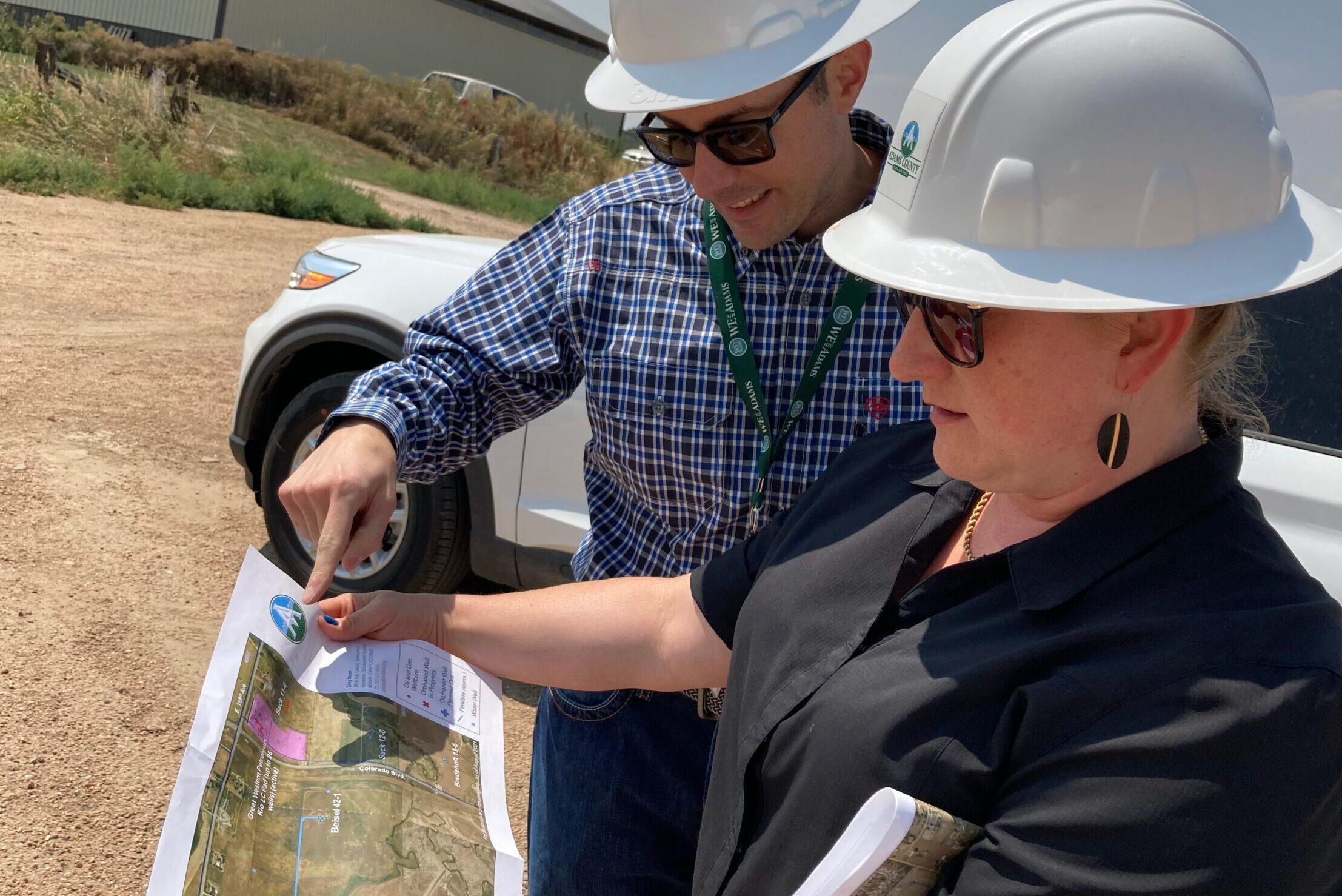
Dotted across Colorado are hundreds of old abandoned mines and orphan wells still in need of expensive cleanup, and no company left to pay for it.
Wells like Green Number 2 in Adams County. The site was orphaned — abandoned by a driller that no longer operates in Colorado — in 2017. It sits down a dirt road, next to a field.
The state has already started plugging the well. Crews have taken down the towering metal pumpjack, but there are still a couple of empty tanks scattered around, one with a rusted door swung wide open, and weeds growing everywhere.
“When they removed the pumpjack, they discovered historical leaks of produce water and oil into the soil and groundwater out in that field,” said Greg Dean, Adams County oil and gas liaison, standing on the site of the old well. “So they're still doing sampling to see what the extent of that impact is. But this is the prime example of what an orphan site can do in Adams County.”
Dean is pleased with the work the state is doing to clean up orphan wells, but it can be pricey. Plugging each site properly, on average, costs $85,000. That adds up to about $6.5 million for the 77 orphan wells in Adams County alone.
“I'm angry and frustrated,” said Adams County Commissioner Emma Pinter of the situation. “I feel like the analogy that keeps coming to mind is you go out to lunch with a couple of friends and you know you're going to have to pay the bill eventually. (But) as you look around, two or three of your friends have slipped out the back. And the rest of you are picking up the bill.”
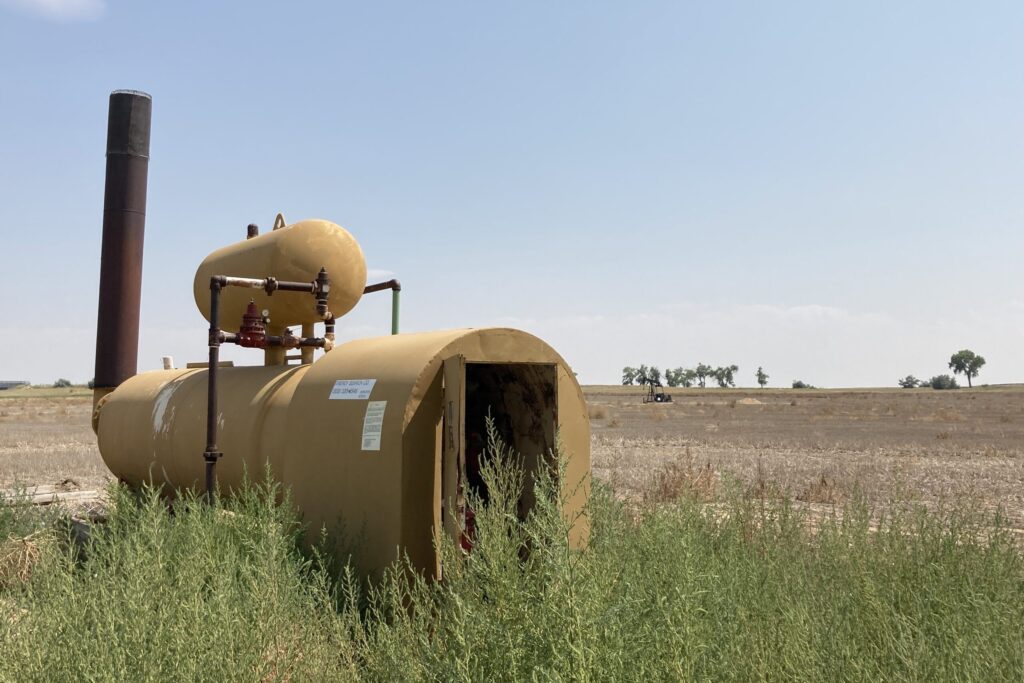
Right now, the state is left holding the tab. And Pinter worries so will counties eventually.
But another guest may soon join the table. The bipartisan infrastructure bill that Congress may pass later this month contains more than $4.5 billion dollars for plugging and remediating orphaned and abandoned oil and gas wells across the country. But that still may not be enough for the scope of the problem.
The real cost “could be upwards of $50-$80 million, just in Colorado. And that's if there aren't any extra wells added to the orphaned well list,” Dean said.
Colorado has more than 250 orphan wells that need to be plugged — and more than twice that number of orphan well sites that need to be remediated.
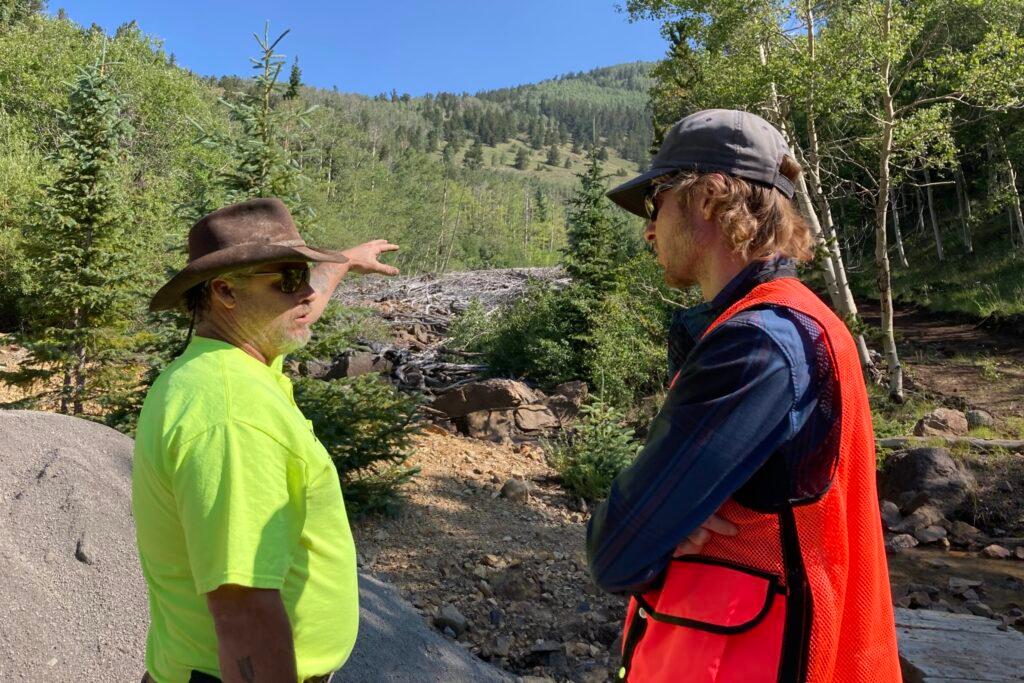
There's also money for abandoned mine cleanup in the infrastructure bill
The infrastructure bill doesn't just deal with the oil and gas legacy. It also allocates $11 billion for the Interior Department’s Abandoned Mine Land Reclamation Program and $3 billion for abandoned hard-rock mine reclamation.
That's funding that could come in handy for Jason Willis, Colorado Abandoned Mine Lands Manager for Trout Unlimited, a nonprofit working to preserve watersheds.
His current project is up a mountainside past the old mining town of Bonanza, just north of the San Luis Valley, an area he’s been working in for years. Along the dirt road leading to the town are interpretive signs showing the mine waste cleanup (tailings) and remediation work that has already been done.
One of them points to a hill that’s not really a hill, but a “burrito wrap of contaminated tailings” brought down from the watershed.
As we drive past Bonanza, the dirt road becomes rocky and the ride gets very bumpy. Willis is there to get an update from his contractor on this latest project, Scott McCurry, about moving a stream away from mine waste. It’s not always possible or cost-effective or necessary (depending on the type of contamination) to relocate the tailings. They plan to neutralize the waste with limestone, put some fresh ground cover over it, move the stream and revegetate the landscape.
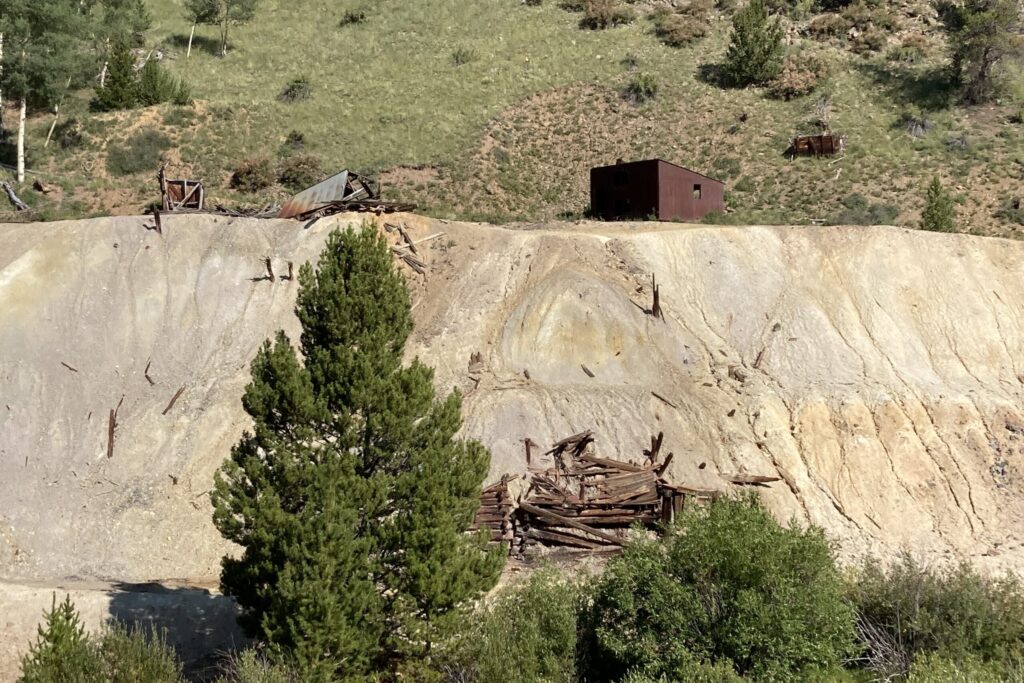
“This is the fourth phase of cleanup, and I'm pulling funds from five to six different sources,” Willis explained.
That hodgepodge of support includes a grant from the Colorado Healthy Rivers fund, private funding from companies, including a mining company, and some U.S. Forest Service money. The total price tag for this project is $120,000.
“If we would have a bigger pool of money to do this work, we would one be able to do larger-scale cleanups and larger volume of cleanups. So it would make things a little easier in that aspect.”
Trout Unlimited works in partnership with state and federal agencies on three-to-seven cleanup projects like this a year. And like the orphan wells, “a lot of these sites are abandoned and don't have a PRP or ‘Potentially Responsible Party’ to come foot the bill for the cleanup. So then it's left to the taxpayers or the federal government, or, you know, organizations like ours that go out and raise money to do these cleanups.”
Jeff Graves, program director for the state’s inactive mine reclamation program, said the state could get over $10 million a year for the next 15 years to deal with coal mine-related work if the infrastructure bill passes. It’s less certain how much the state might get for hard-rock mine clean-up — but either way, Graves is excited about the prospect to really tackle Colorado’s neglected legacy of coal and hard-rock mining.
“I think it has a lot of potential to address a lot of these issues that we've really only been able to nibble at the edges,” he said.
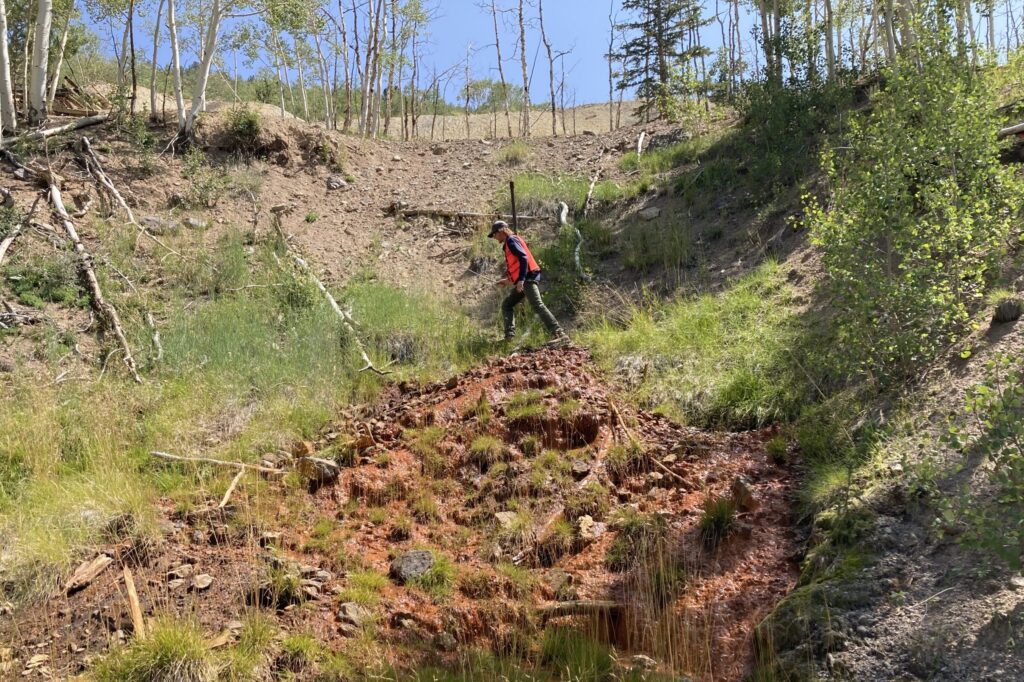
The funding is a start, but more reform is needed, too
Almost everyone agrees that Congress putting money into cleaning up these historic problems is a good thing. But the funding — if it makes it into law — is not going to be a panacea, only a first step. People involved in reclamation and restoration say Congress needs to act in other ways to make it easier to do this kind of clean-up work.
When it comes to oil and gas, bonding reform is a top concern.
“In the past, a well would only require a $5,000 bond,” Dean explained “So, (a company) would have to submit a $5,000 bond to the state to drill these wells. (But) we know that the cost of plugging an abandoned well is $85,000.”
Forfeit the bond or pay to plug. You can do the math.
Dean also doesn’t want the orphan well program to become an incentive for companies to dump unwanted assets on to the state.
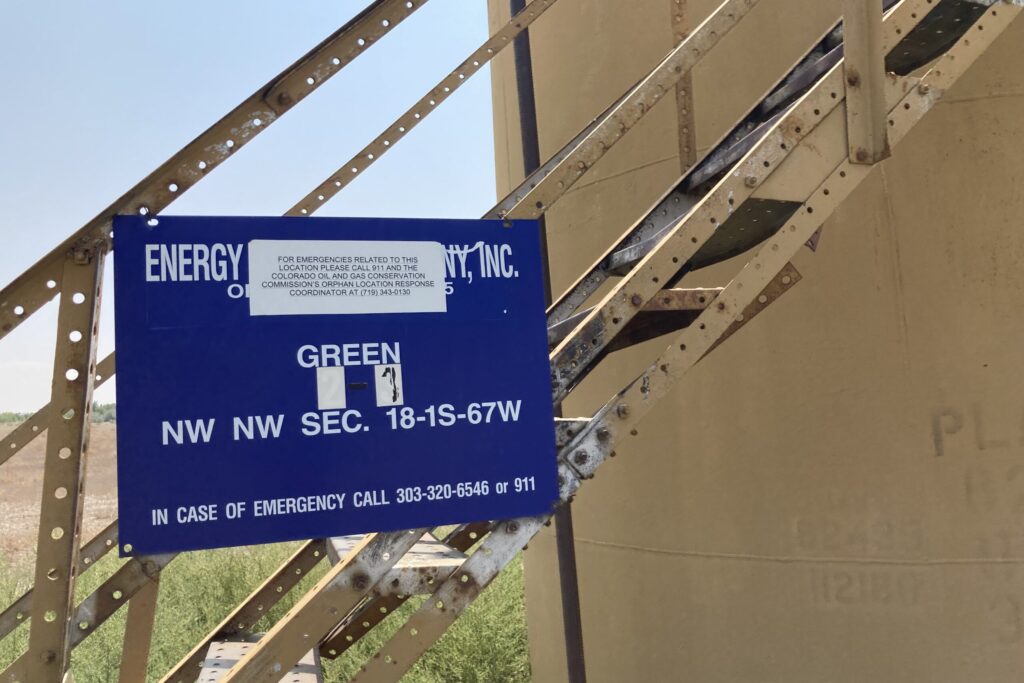
He’s not alone. Andrew Forkes-Gudmundson, deputy director of the League of Oil and Gas Impacted Coloradans, has a spreadsheet of low-producing wells in the state.
On average, some companies’ well portfolios produce less than three barrels a day. He’s worried that a large number of those could eventually end up as orphan wells.
“Those operators must be accountable for cleaning up their mess. Otherwise, taxpayers are held accountable, whether it's through stimulus dollars like the infrastructure bill or through the (state’s) general fund,” he said. “Somebody is going to have to pay to clean it up and it should be the oil and gas industry.”
Adams County Commissioner Pinter understands that oil and gas is big business in her area, but still wants to ensure that operators act responsibly.
“We know that there are a lot of companies that employ a lot of our residents and we want to make sure that, as we have that economic vitality, we are also caring for the public health and the safety of our residents,” she said. ”Those things need to go hand in hand.”
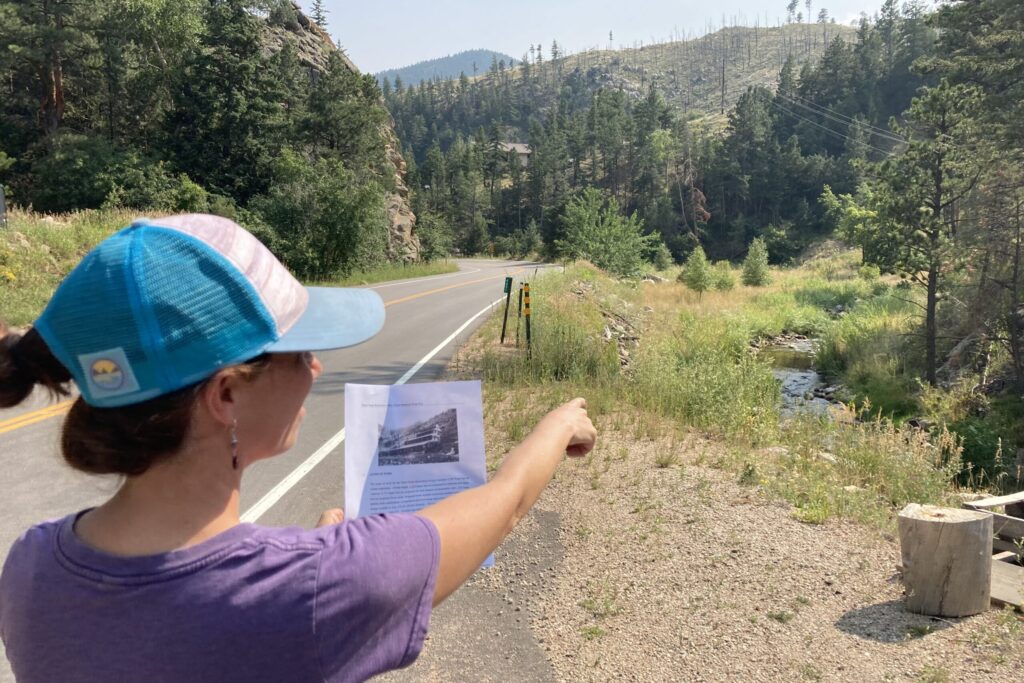
Are Good Samaritan laws an option?
When it comes to mine cleanup, you can’t talk for long before Good Samaritan laws come up.
“Because it's always the chicken before the egg scenario of, we need more funding, we also need legislative protections to do abandoned mine cleanups,” he said.
Good Samaritan laws could protect groups who want to undertake cleanups from liability risks.
“I think there are a lot of smaller nonprofits and watershed groups that might be willing to do more of this work, should there be more robust, Good Samaritan coverage and funding that goes along with it,” said Maya MacHamer, director of the Boulder Watershed Collective.
The group has worked with Trout Unlimited on mine tailing cleanup projects in the county.
But it’s not just getting new laws added to the books. Real mine cleanup reform might also mean carving out an exemption from current laws.
Water is involved in a lot of mine pollution issues, with wastewater carrying heavy metals and other toxins into local streams and rivers. But addressing that problem means dealing with the Clean Water Act.
“The regulatory pieces of the Clean Water Act itself are scary,” MacHamer said.
Ginny Brannon, division director for Reclamation, Mining and Safety at the Colorado Department of Natural Resources, said the Clean Water Act is an issue for any mine that drains or burps.
“The Uncompahgre (River) runs yellow every spring. And we can't touch the water without incurring moderate liability. And so when we get into a conversation that involves, ‘well, we have to bring it up to Clean Water Act standards’ — which is not possible on most of these, if not all of these sites — then the perfect becomes the enemy of the good,” she said.
But there’s already a graveyard of Good Samaritan bills in Washington, D.C. — largely because getting Congress to change the act is unlikely to happen anytime soon.
Still, for MacHamer, who grew up in Boulder playing in and around old mines, she’s happy to see additional federal funds to tackle cleanup in the state — bringing full circle a history that is both compelling and damaging.
“I feel like this is a great way ... of finishing the story, you know,” she said. “It all comes back around and although it was causing issues in the watershed, now we're really looking at restoring that.”
Editor's Note: Ginny Brannon's name was originally misspelled. It has since been corrected.

